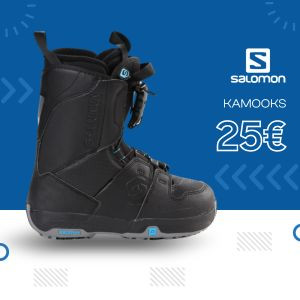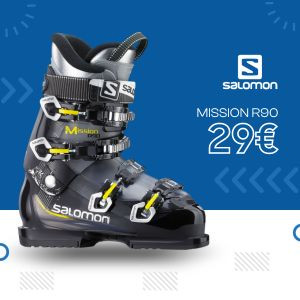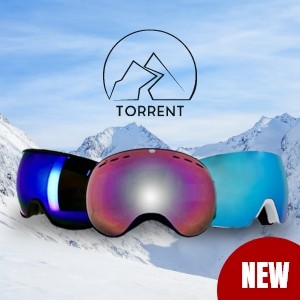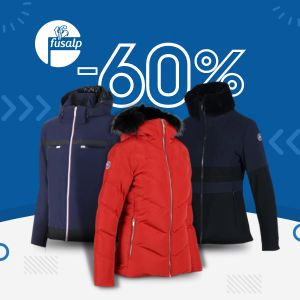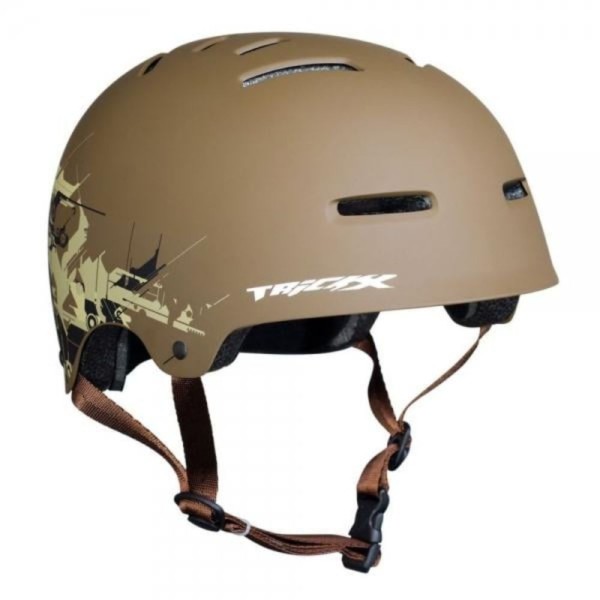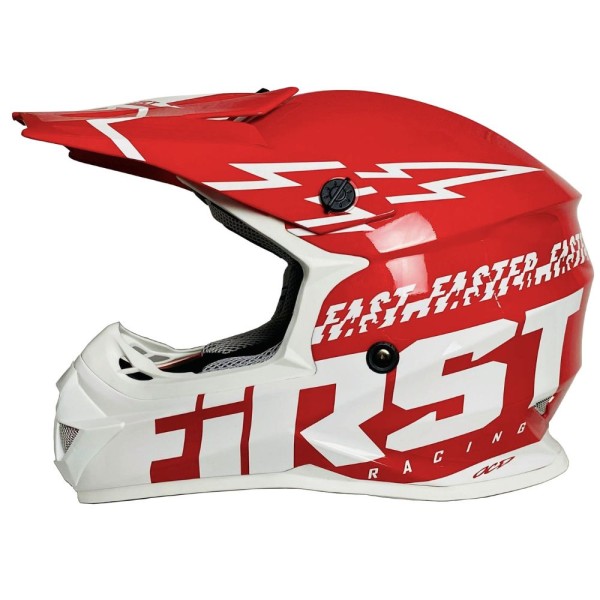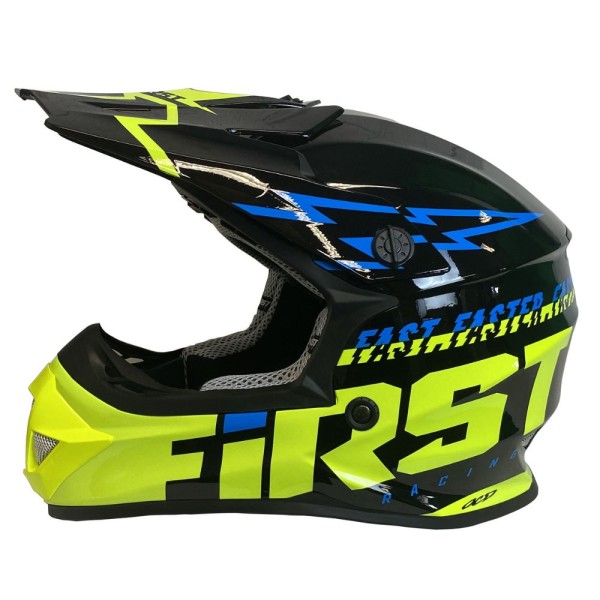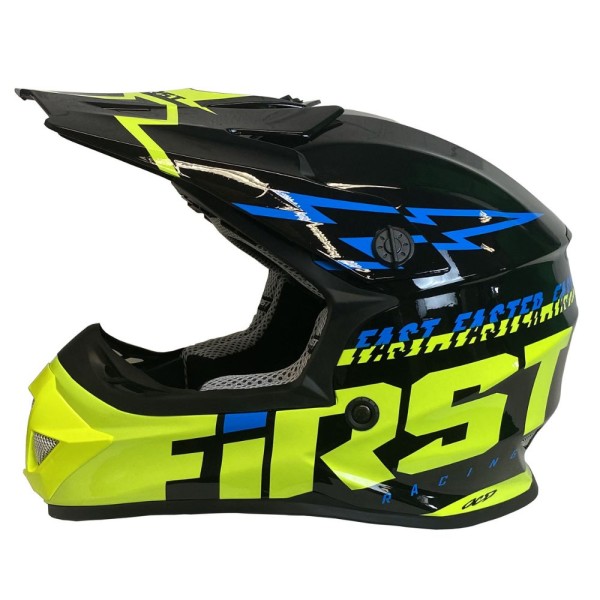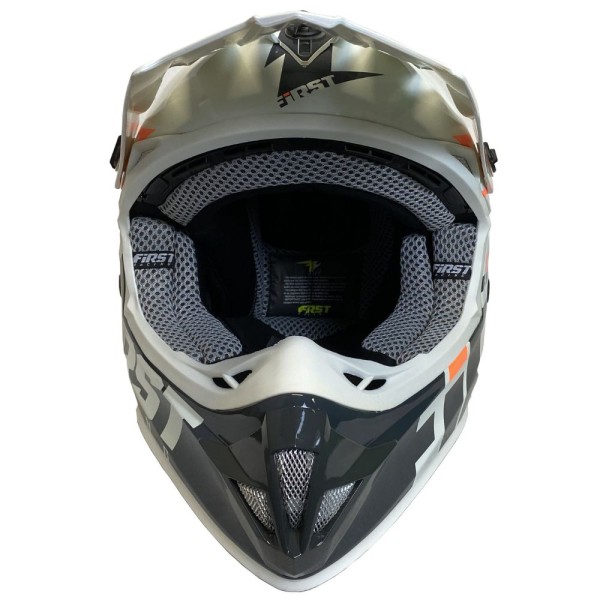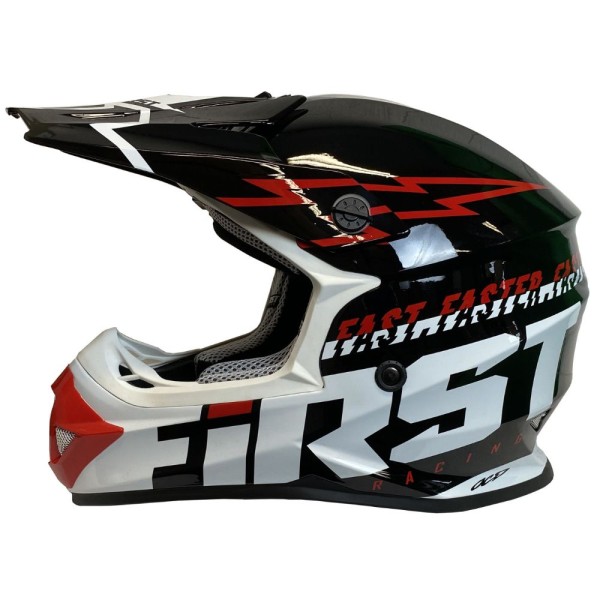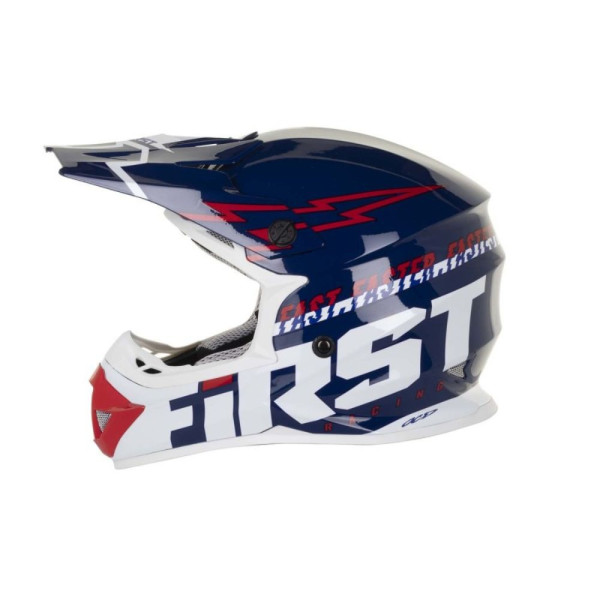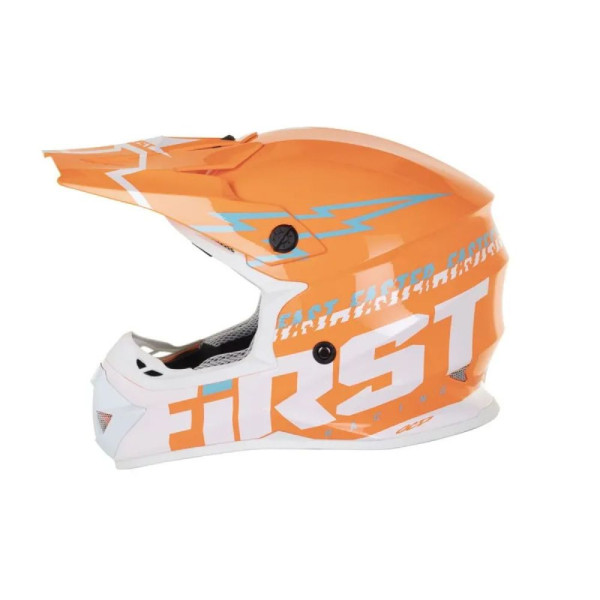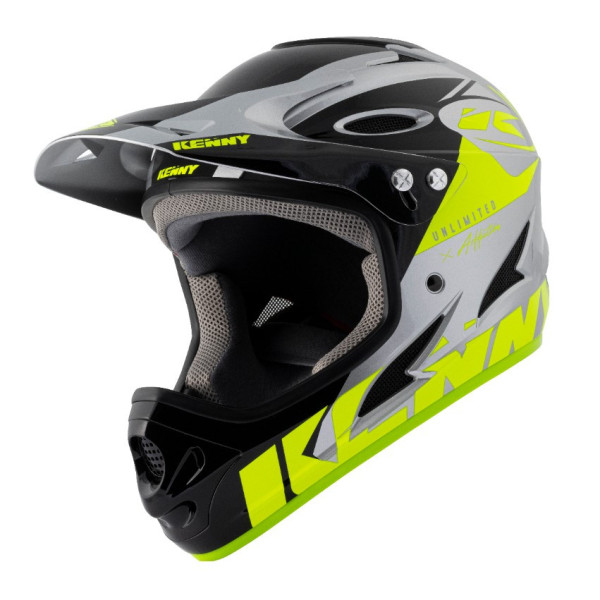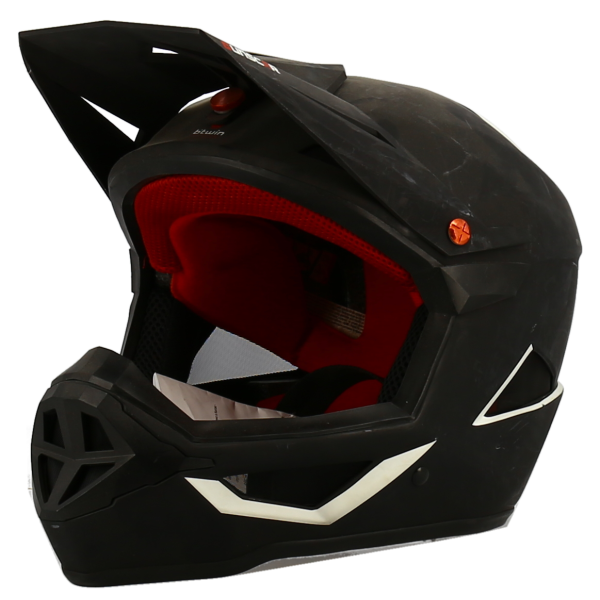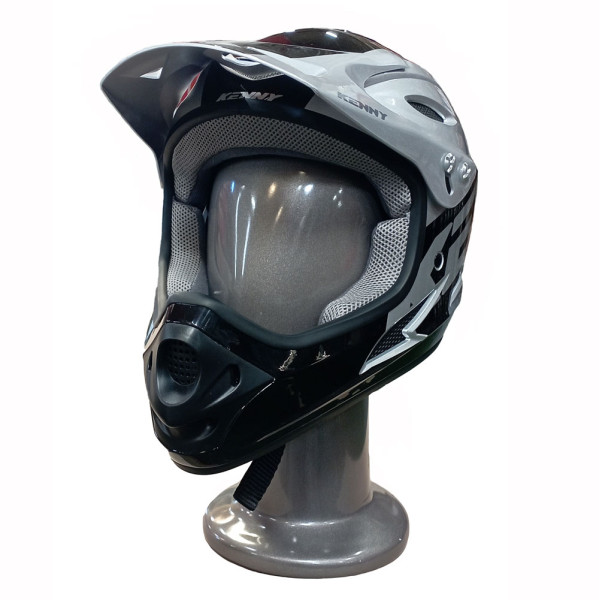MTB helmet
Why wear a cycle helmet?
Wearing a helmet is essential for safe cycling. Helmets are compulsory for all children under the age of 12, and are an essential part of any cyclist's equipment. Whether on the road or on mountain trails, a helmet provides effective protection in the event of a fall or collision. For safety on your bike, opt for optimum protection that meets European standards.
How do you choose a mountain bike helmet?
To choose the right bike helmet, it's important to choose a model that's suited to your riding style and meets safety standards. There are different types of helmet depending on the discipline (full-face, classic, etc.). What's more, it's essential to find out about the integrated protection system, so as to maximise protection and limit the risks of a fall.
What are the different mountain bike disciplines?
- Downhill (DH)
- All-Mountain
- Enduro
- Freeride
- Cross-country
- Slopestyle
There are different types of mountain biking. First of all, downhill mountain biking involves hurtling along a prepared track, taking in a series of obstacles, jumps and sharp bends. All-mountain biking is for lovers of the great outdoors who want to explore every corner of the mountains. In fact, this discipline is a mountain trek with steep, rugged terrain. Enduro is a mixture of cross-country and downhill, with the rider riding up and down a variety of terrain. In Freeride, there are no rules! The mountains are your playground! Cross-country is more technical than the previous categories. It's a timed race on a circuit with steep sections, rocks to climb over... Finally, for the more daring, Slopestyle consists of performing tricks on wooden jumps and earth bumps.
Helmet construction
What is a mountain bike helmet made of?
- Internal and external shell
- Protection: MIPS / safety patents
- Internal foam
- Ventilation
- Adjustment/closure system
A cycle helmet consists of an outer shell that protects the head directly from the elements. This is linked to its inner layer, which absorbs and disperses the shockwave. To maximise protection for the rider, helmets are CE approved and have specific protection patents (such as MIPS, EPS, etc.). As some mountain bike disciplines are considered extreme, it is essential to offer riders helmets that absorb shocks and disperse the energy absorbed in the event of a fall. Bike helmets also have an antibacterial and breathable inner foam to ensure good air circulation. What's more, the multiple vents cool the rider's head and evacuate excess moisture. Finally, the helmets have different types of fastening and adjustment, from the micrometric buckle to the chinstrap.
The different types of mountain bike helmets
Full-face helmets
Preferred for Enduro and DH riding, the full-face MTB helmet combines protection, comfort and reliability. Covering the entire head, it allows you to add a MTB mask to protect your eyes from the elements. Protecting the skull, mouth and chin, it absorbs shocks effectively and reduces the risk of head trauma following a fall. FIRST RACING models have an adjustable visor and integrated chin strap to cover even more of your face.
Classic helmet
For road, cross-country or all-mountain cycling, a classic helmet will be appreciated for its colour. Lightweight, it offers excellent ventilation and optimum protection, whatever your preferred terrain. With or without a short visor, the aerodynamic shape of the Enduro MTB helmet is ideal for performance-oriented competitors.
Looking for the best MTB helmet? Find all our models on our website!
Brand: B'TWIN
B'Twin Unscar Jr Mtb Helmet
B'TWIN brand UNSCAR JR junior mountain bike helmet.
Your rider will be well protected.
Brand: FIRST RACING
First Racing K2 Lightning Bolt MTB Helmet Red / White
K2 LIGHTNING BOLT RED / WHITE mixed mountain bike helmet from the FIRST RACING brand!
Explore new horizons safely!
Brand: FIRST RACING
First Racing K2 Lightning Bolt MTB Helmet Neon Yellow / Neon Green / Black
FIRST RACING K2 LIGHTNING BOLT FLUO YELLOW / FLUO GREEN / BLACK mixed mountain bike helmet!
Explore new horizons safely!
Brand: FIRST RACING
First Racing K2 Lightning Bolt Junior MTB Helmet Black / Yellow / Blue
K2 LIGHTNING BOLT BLACK / YELLOW / BLUE junior mountain bike helmet from FIRST RACING!
Explore new horizons safely!
Brand: FIRST RACING
First Racing K2 Lightning Bolt MTB Helmet Black / Yellow / Blue
FIRST RACING K2 LIGHTNING BOLT FLUO YELLOW / FLUO GREEN / BLACK mixed mountain bike helmet!
Explore new horizons safely!
Brand: FIRST RACING
First Racing K2 Lightning Bolt MTB Helmet White / Gray / Orange
K2 LIGHTNING BOLT WHITE / GRAY / ORANGE mixed mountain bike helmet from the FIRST RACING brand!
Explore new horizons safely!
Brand: FIRST RACING
First Racing K2 Lightning Bolt MTB Helmet Black / White / Red
K2 LIGHTNING BOLT BLACK / WHITE / RED mixed mountain bike helmet from the FIRST RACING brand!
Explore new horizons safely!
Brand: FIRST RACING
First Racing K2 Lightning Bolt MTB Helmet Blue / White / Red
K2 LIGHTNING BOLT BLUE / WHITE / RED mixed mountain bike helmet from the FIRST RACING brand
Get ready to conquer the trails!
Brand: FIRST RACING
Casque de VTT First Racing K2 Lightning Bolt Orange / Blanc / Bleu
Brand: KENNY
Kenny Down Hill Graphic MTB Helmet
DOWNHILL GRAPHIC mixed mountain bike helmet from the KENNY brand.
Lightweight full face helmet for comfort and maximum protection.
Brand: B'TWIN
B'Twin Unscar Frc Bike Helmet Black
Mountain bike helmet UNSCAR FRC BLACK from B'TWIN.
Ride well protected !
Brand: KENNY
Kenny Racing Down Hill MTB helmet 2022
DOWN HILL 2022 mixed full-face MTB helmet from the KENNY brand.
Comfort, design and maximum safety.

 English
English











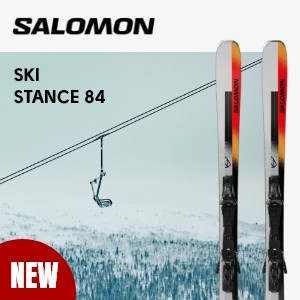
.jpg)





